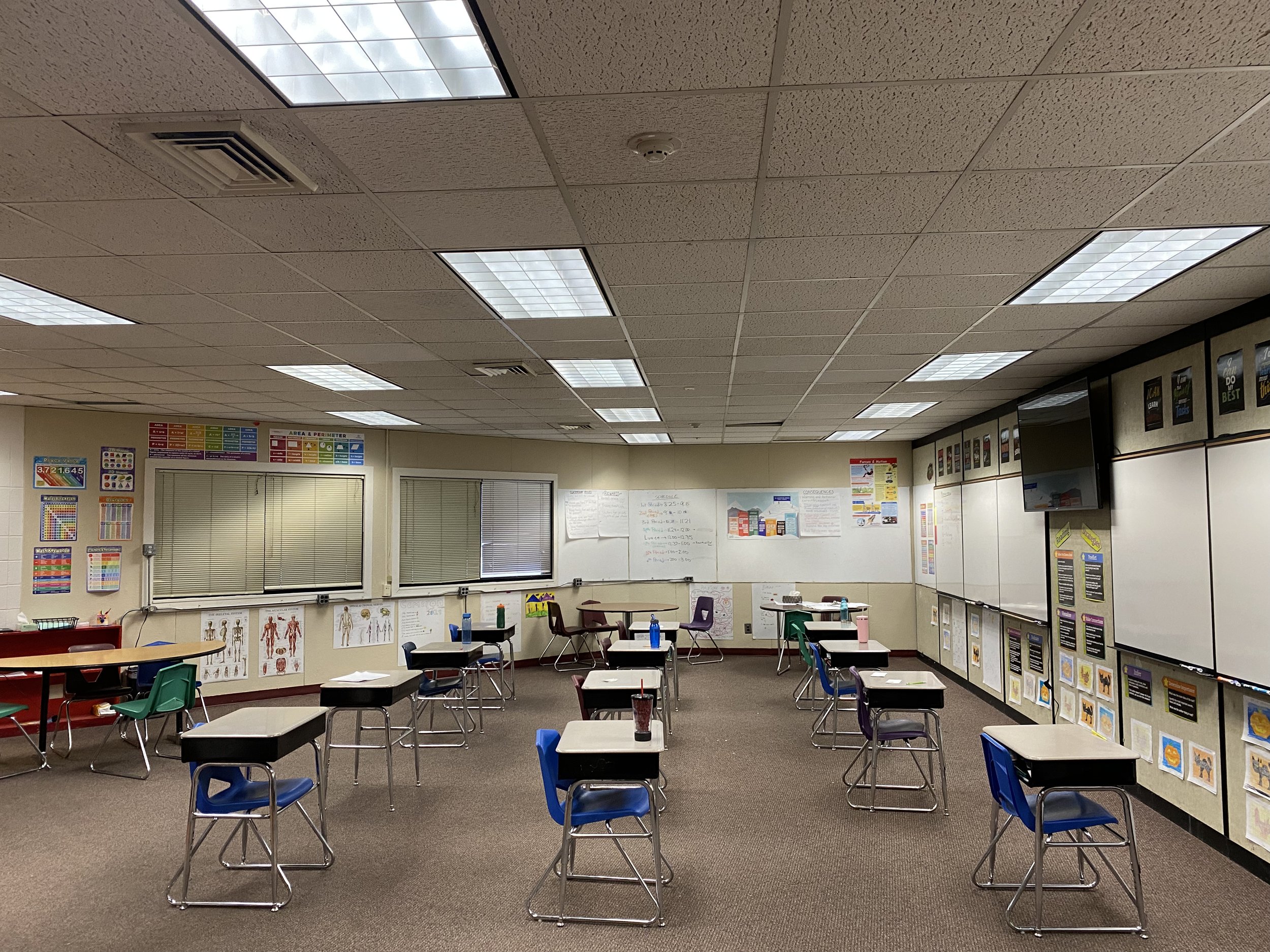LEVEL 40
SOLUTION: SPACE HEATING
LOCATION: NORTHPORT, WA
FUEL: WOOD PELLETS
HIGHLIGHTS:
In 2012, Sen. Bob Morton championed legislation that would fund two demonstration biomass energy projects in Washington State. This was one. The biomass equipment was installed in shipping containers—a good option for small systems in remote places.
When its old fuel oil boiler started failing beyond repair, Northport School District realized the opportunity to switch to a modern wood energy system. Now students stay warm during the chilly winters of upper Washington State—at half the cost.
THE STORY
Northport, Washington, is a tight-knit town of a few hundred people on the banks of the Columbia River, less than 20 miles south of the Canadian border. Remote from population centers, the town hosts one of the most distinguished school districts in the region, serving an average of 240 students every year across two campuses, all within a tight operating budget. When one of Northport Elementary School’s fuel-oil boilers was due for a replacement, district Superintendent Don Baribault saw it as an opportunity to invest in a renewable energy system.
Northport’s need was in good timing. In 2012, Senate Bill 6338 had directed Washington State University (WSU) Extension’s energy program to conduct an assessment of wood pellets as a renewable energy source to replace electricity, natural gas, and petroleum-based fuels. WSU sought wood alternatives to heat homes, businesses, and other facilities, and recommended Northport as a top candidate for a demonstration project.
In 2017, WSU selected Wisewood Energy to complete conceptual design and engineering for a new wood pellet biomass energy system at Northport.Wisewood’s assessment showed switching to wood fuel would significantly reduce district heating costs.
“We’re pretty tiny—we couldn’t afford more than it would cost to replace the oil system. We got a real resource out of the grant process.”
—Don Baribault, Superintendent of Northport School District
In 2018, the School District awarded Wisewood a competitive bid to provide final engineering, procurement, and construction services. Washington’s Department of Commerce, eager to see the project through to completion, granted Northport $400,000 to cover the majority of project costs.
Wisewood’s equipment arrived on-site within 5 months, pre-assembled in shipping containers. In remote places, tight spaces, and for small systems, “containerization” is a good choice for making biomass energy systems more cost-effective and easier to install.
The system was designed to run on wood pellets, which are a good fuel option for smaller systems with access to local bulk pellet supply. At Northport, one 30-ton pellet storage silo can get the school through the winter heating season on just two fills—one in the summer before school starts, then again in January. Pellets are delivered in bulk from a nearby producer in Idaho.
Northport’s new 340 MBH ASME-certified pellet hot water boiler is interconnected with an existing hot water heating system that serves the Gymnasium/Vocational Education building.
An existing functional fuel-oil boiler was retained as a secondary system for peak loads, low-fire instances (when it is less efficient to fire up the wood boiler), and as back-up during the biomass boiler’s scheduled maintenance. Thanks to funding from the Washington Department of Commerce, with support from the Department of Natural Resources and Washington State University, the District paid minimal out-of-pocket costs for their system upgrades.
Renewable biomass energy now covers 95% of the building’s heat demand. Each year, the Northport boiler utilizes about 70 tons of pellets and displaces roughly 8,500 gallons of heating oil. And after a couple years of getting used to the new boiler, Superintendent Baribault is happy with how the system is running.

“Compared to oil, we’re looking at half the cost for heating the buildings and less than a third of previous air emissions. Plus, every team that comes and plays us asks, ‘What’s that silo out back?’ It’s kind of neat.”
— DON BARIBAULT, SUPERINTENDENT OF NORTHPORT SCHOOL DISTRICT
More Information on this Project
On this episode, the Northport School District walks listeners around the Elementary School to show off their new modern wood energy system. In 2019, the system had only been in operation for a year and was already bringing a return on investment for the District.
Northport’s installation directly supports the state of Washington’s 20-Year Forest Health Strategic Plan, which aims to restore 1.25 million acres of unhealthy forests. Washington state Department of Commerce Director Brian Bonlender commends Northport for converting forestry leftovers into a valuable wood energy product that reduces energy costs, creates local jobs, and supports sustainable management of our forests.
Space Heating
In addition to providing dramatic cost savings, biomass heating can integrate with most heat distribution systems, making it an easy conversion.





